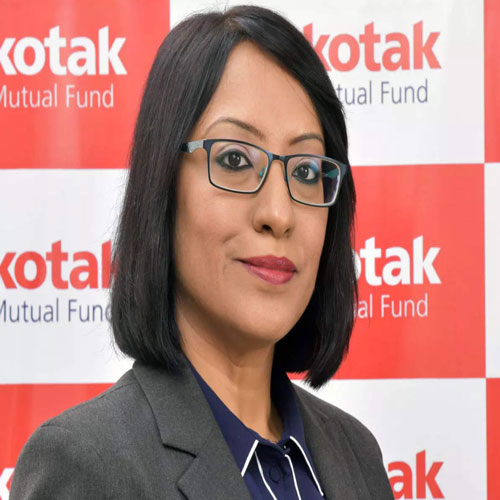Mr. Harish Krishnan
CO CIO and head - Equity Aditya Birla Sun Life AMC Limited
Mr. Harish Krishnan has as an experience of nearly 20 years in the Asset Management industry, both domestically and internationally.
Prior to joining Aditya Birla Sun Life AMC Limited (“ABSLAMC”) as the Co-CIO and Head Equity, he was associated with Kotak Mutual Fund for more than 10 years as Senior Fund Manager - Equity. He has also worked at Kotak Mahindra (UK) Limited where he managed offshore funds based out of Singapore and Dubai.
He holds a Bachelor’s Degree in Engineering from the Government College, Trichur and has done his PGDBM from IIM Kozhikode. He is also a Chartered Financial Analyst from CFA Institute, USA.
Q1. The small & midcaps took off in 2023 - will the flight land in 2024 or will it gain altitude in the new year?
Ans: We expect a year of consolidation in broader markets. Last year, almost 50% of Top 500 stocks had an alpha of 10% compared to NSE500TR. Risk taking was very well rewarded, we think after such a strong year, gains to moderate across the breadth of market. Over longer term, we remain positive on mid and smallcaps, but excessive returns of small over large will likely fade, as economy and earnings normalise after strong upturn in last few years (post Covid)
Q2. PSU remained in the spotlight in 2023. Will the party continue in 2024?
Ans: Certain pockets of PSU like defence/railways have outsized gains in last 3 years. Valuation of certain indices like NSE Defence index is close to 10x price to book trailing, higher than even consumption index. In the face of such extreme valuations, we expect such pockets to face challenges (exact timing is hard). PSU in utilities, select financial appear more reasonable despite the run up. Sentiment has turned extremely faviurable, and with run up in elections and expectations of stable government, there may be continued momentum in this space in near-term.
Q3. The year gone by was a landmark year for IPOs. What is the kind of fundraising you foresee in 2024?
Ans: 2023 has been a good year, with abundant liquidity and favourable sentiment. While liquidity expectations continue to remain strong, it is hard to gauge sentiment in a year where there are multiple global elections (including in India). We would expect sustained fund raising till sentiment remains buoyant for India.
Q4. After listening to the budget speech, would you recommend any changes in the portfolio or just stick with what you have?
Ans: The Vote of Account budget continues to focus on maintaining its path of fiscal prudence and thus, there are no changes in our portfolio construct.
Q5. As a fund manager, which themes you are betting on and believe will do well in 2024 considering the upcoming elections?
Ans: We think investment theme will continue to gain traction, consumption continues to be on slow lane. Given elections, there was expectations that there will be greater sops to consumption segment, which the government has not pursued (in vote on account budget). Similarly, focus on sectors like gas pipelines, renewable push, digital infrastructure rollout, exports focus continues to be areas of thrust of current government, which can see renewed thrust post elections. We are playing this through our exposure in capital goods, auto, select financials, pharma, manufacturing companies.
Q6. As the market reaches record high, many investors become hesitant before putting in money. What would you advise them?
Ans: Time in the market is more important than timing the market. Last year, while index like NSE500 gave close to 25% returns, if one had missed out the best 10 trading days, returns would have come down to 11%.
Equities are an avenue for long term goals, Indian equities are well poised given competent management teams, multiple reforms, productivity gains and good balance sheets of corporate India. However, valuation in near term are above long term valuations, we would advise investors therefore to invest with long term view. Within this construct, rather than fret over markets at highs, we would advise investors to use asset allocation framework. Products like Multi-asset allocation funds provide a solution for investor asset allocation needs.






